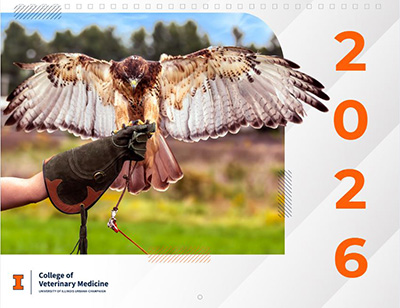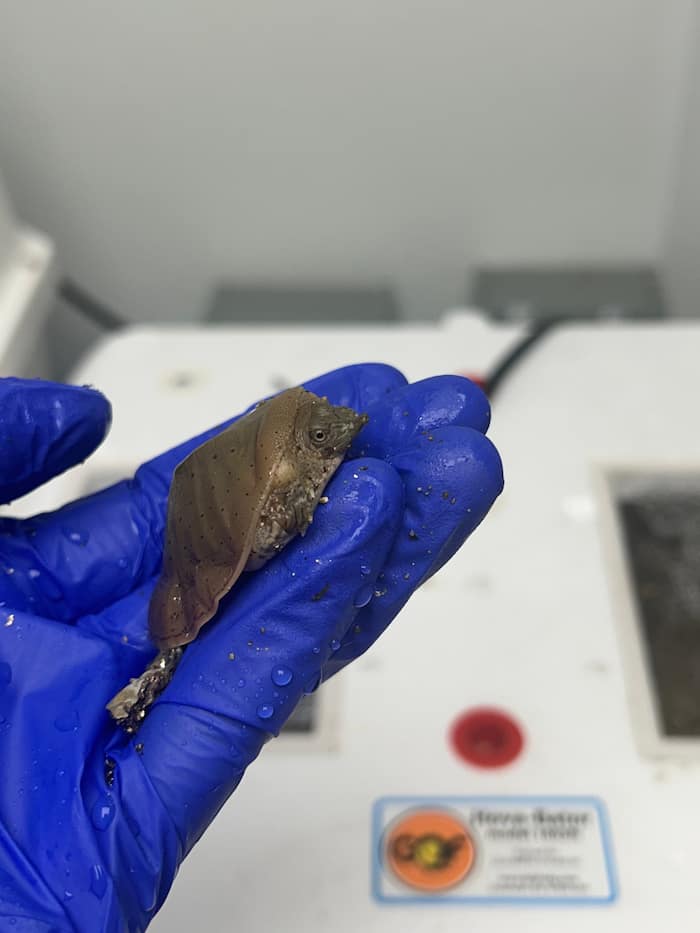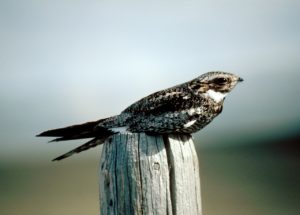
Illinois forests can offer abundant food and housing for birds during warmer months, but not every bird is adapted to surviving the harsh winter. As a result, Illinois is the seasonal home for many species of migratory birds. Birds, like the Common Nighthawk, can be found throughout the US breeding and enjoying plentiful food during our spring and summer. in the winter, however, these birds are found in South America, where they are able to take advantage of warmer temperatures. The timing of this migration is crucial for the survival of the birds. A late migration may result in a bird or flock trapped in an inappropriate environment with decreasing temperatures and a dwindling food supply. Move too early and these birds may not have had enough time to rear young or built up enough fat and muscle stores to support a long migration.
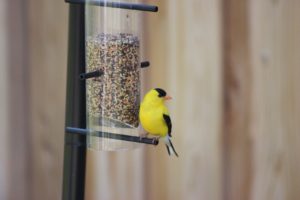
Migratory birds that are brought to the Wildlife Medical Clinic at the end of the summer and into the fall present a challenge: we need to treat them and have them ready to be released before it gets too cold. Fractures heal relatively fast in birds – usually in only four to six weeks. However, six weeks may still be longer than a migratory bird has before it’s too late to head south for the winter. Additionally, birds that have injuries will require some time to re-build their muscle and prepare for the difficult flight ahead of them. If we cannot heal the bird in time, we have limited options for what we can do to help. Housing them for the entire winter is extremely stressful for them. Meeting their nutritional and social needs for this extended period of time is unfortunately impossible in many cases. We must also respect the Migratory Bird Treaty Act or MBTA. This act protects the birds throughout their migration and prohibits us from simply transporting them south to catch up with other migrating birds.
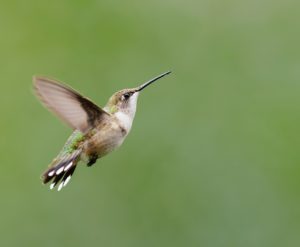
Treating wildlife comes with unique challenges. What may be treatable in a domestic animal may not be possible for an animal without a stable home range. Working with migratory species is one of the largest challenges wildlife rehabilitators face. We do our best to advocate for our patients, ensuring those that are released have the highest chance of survival.
By Monika Liszka, University of Illinois Class of 2022



